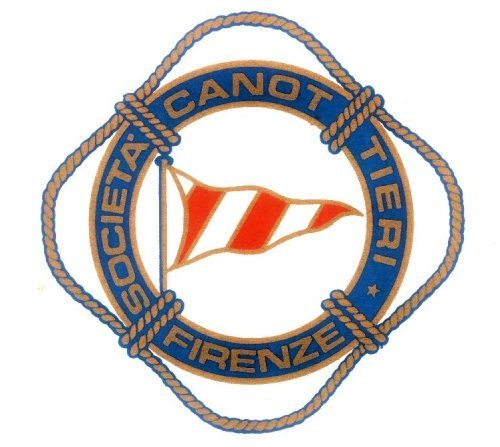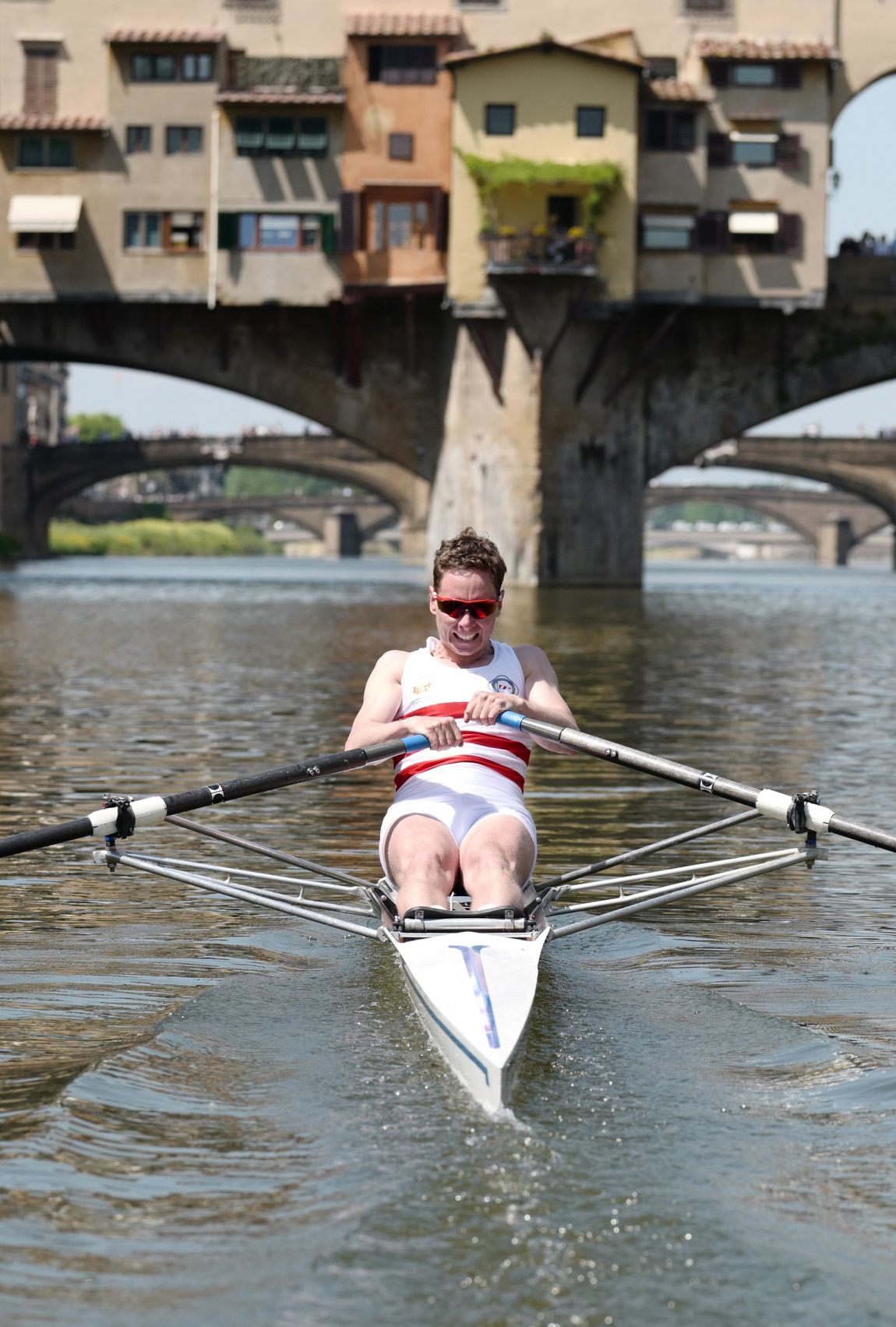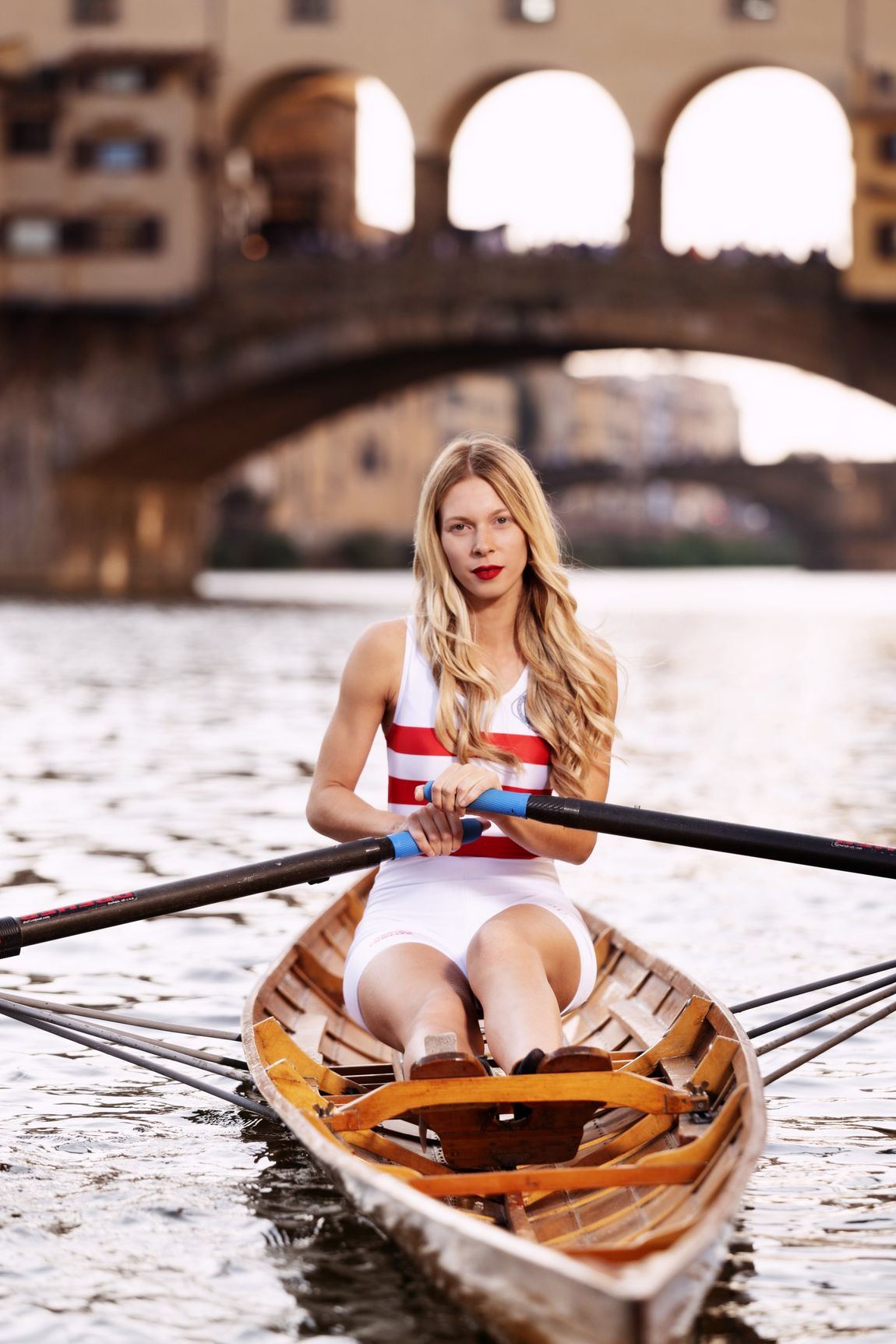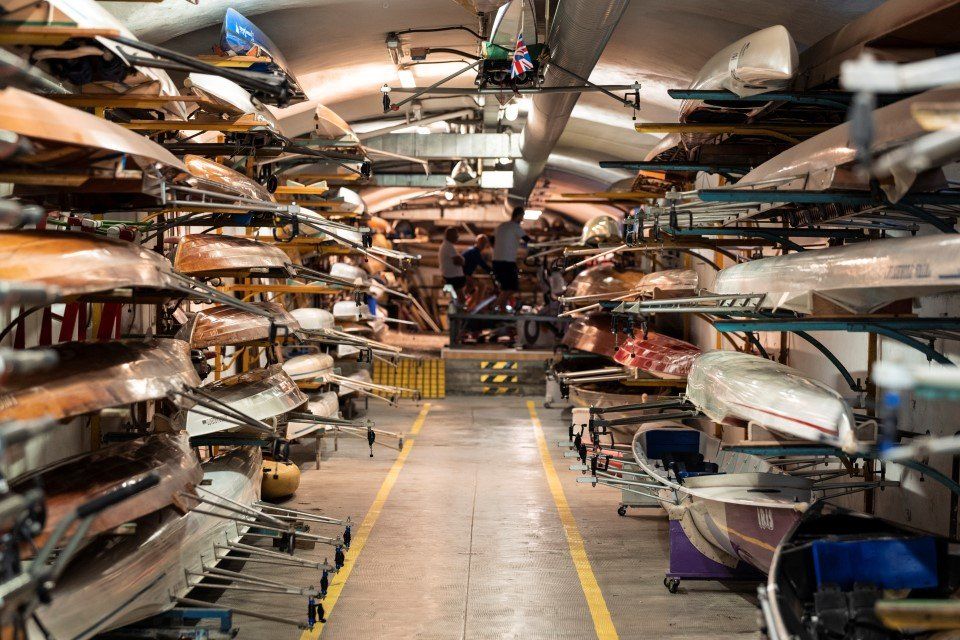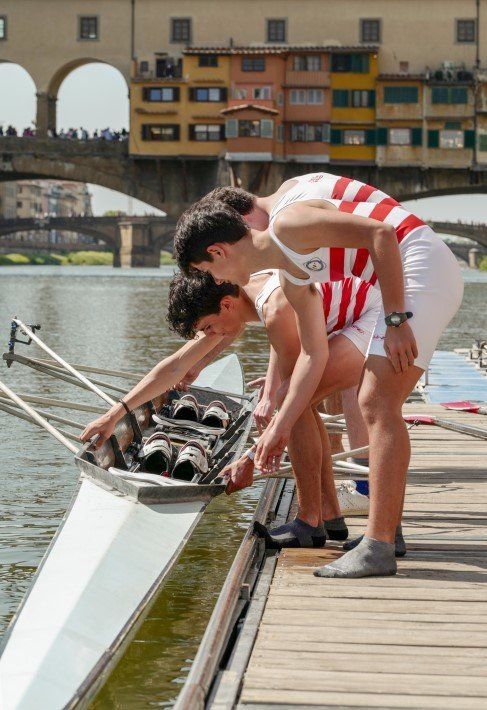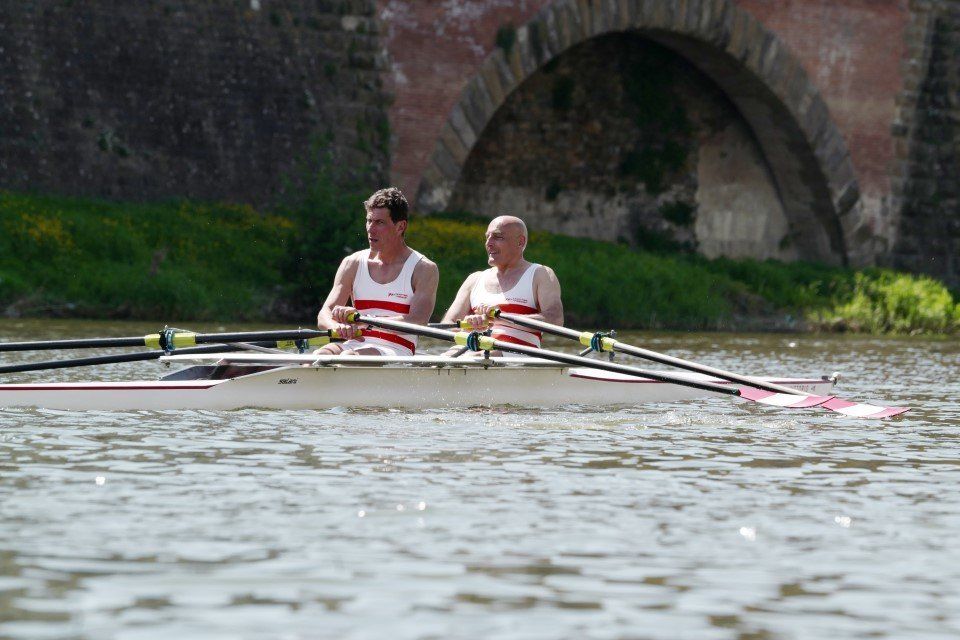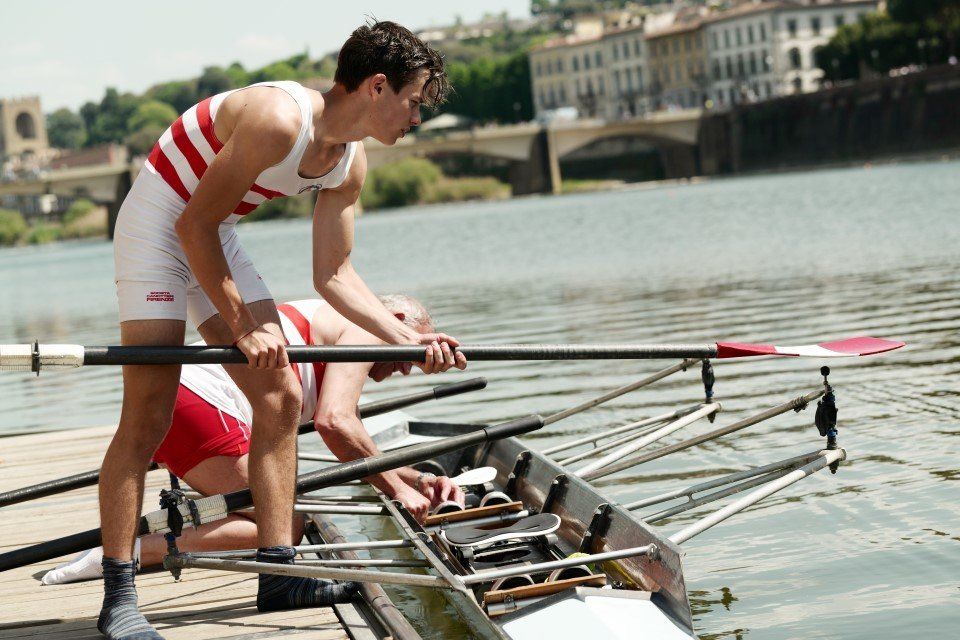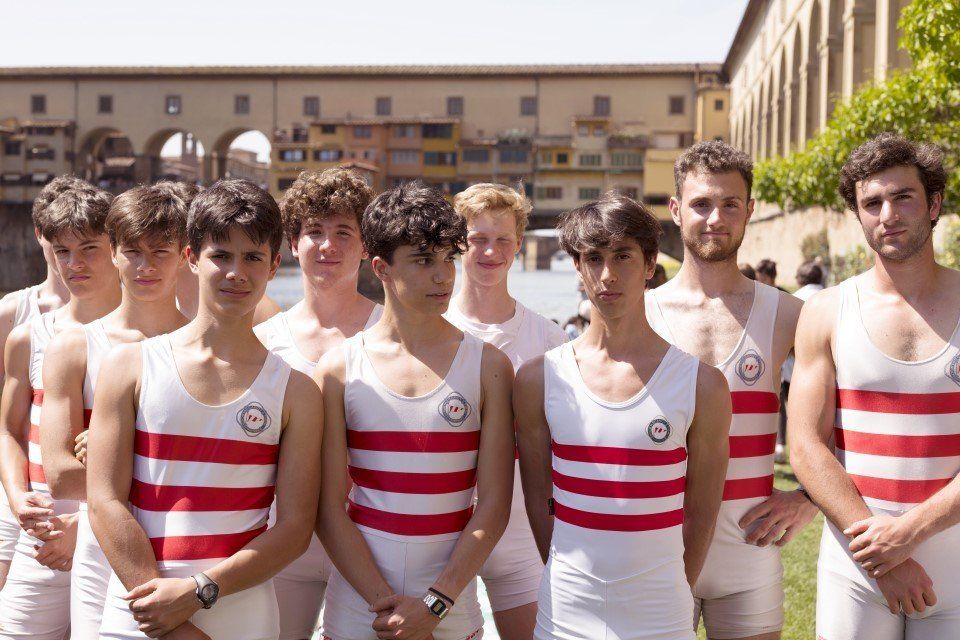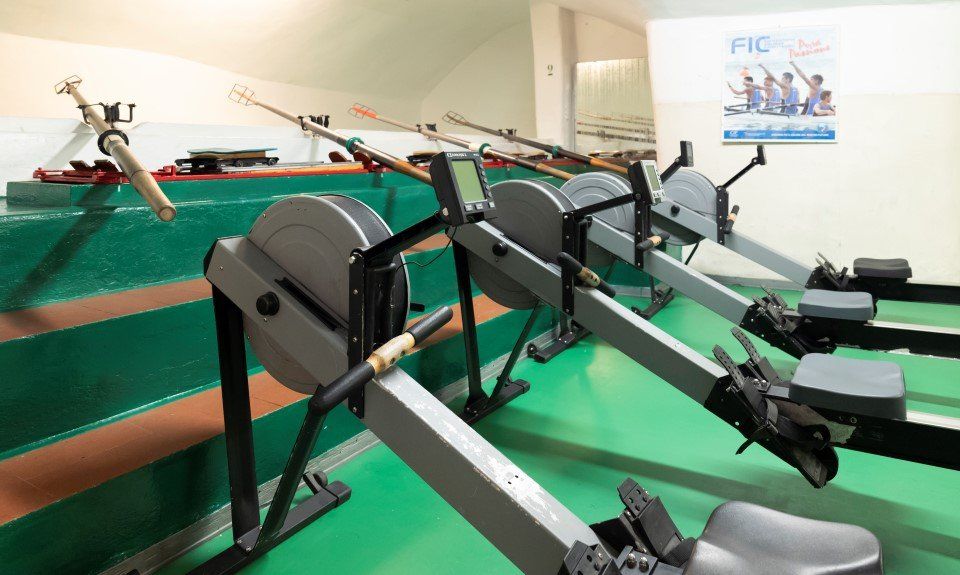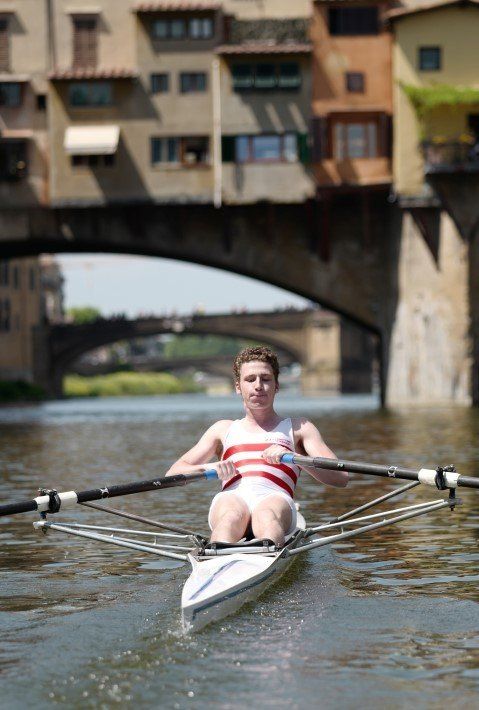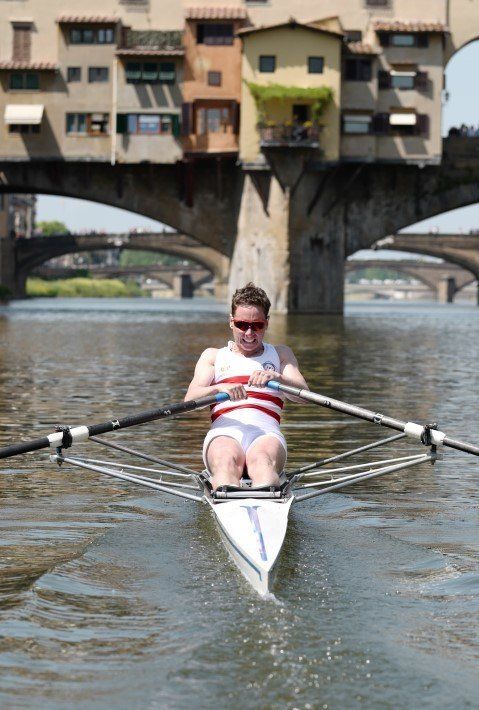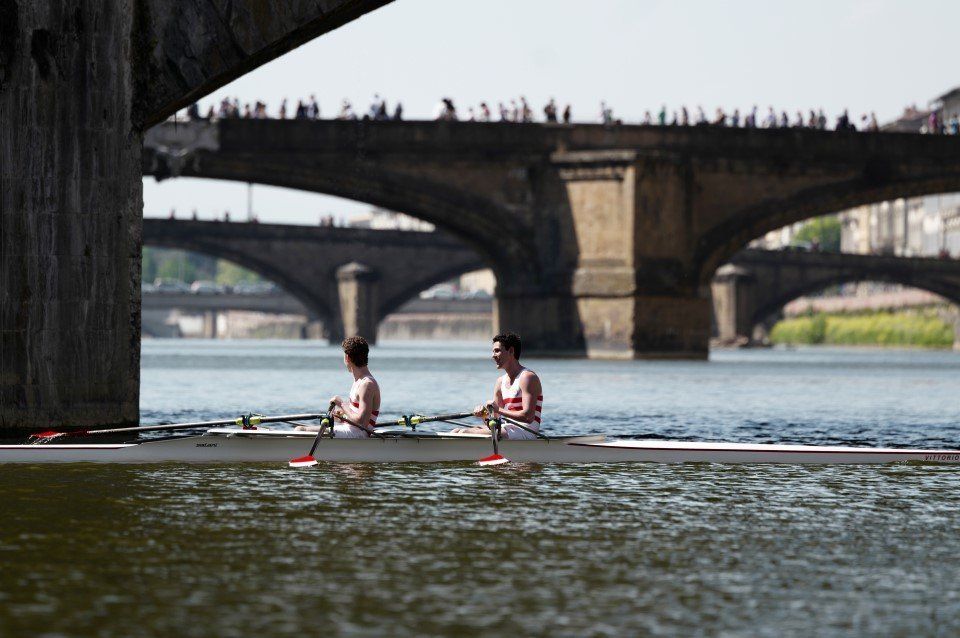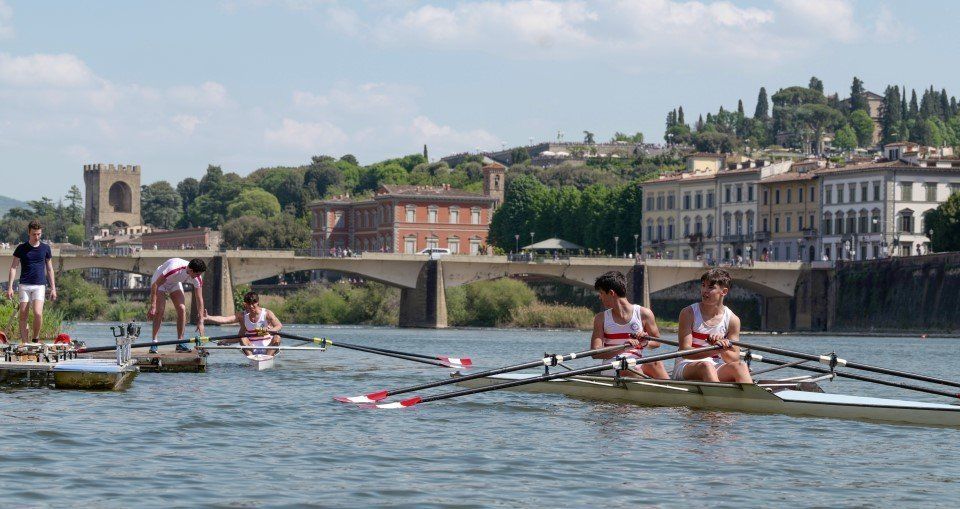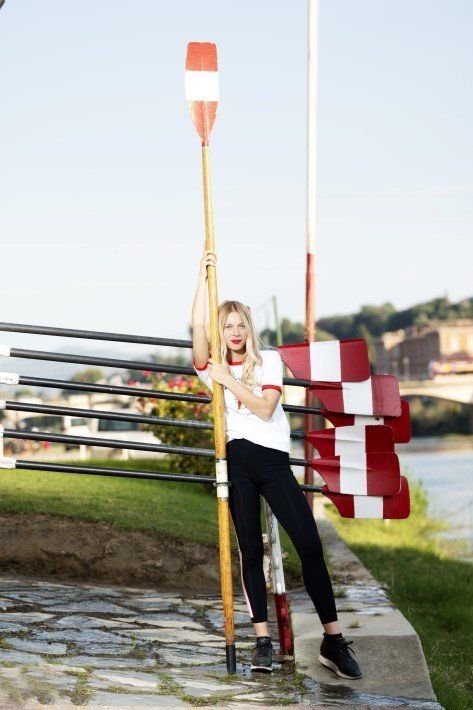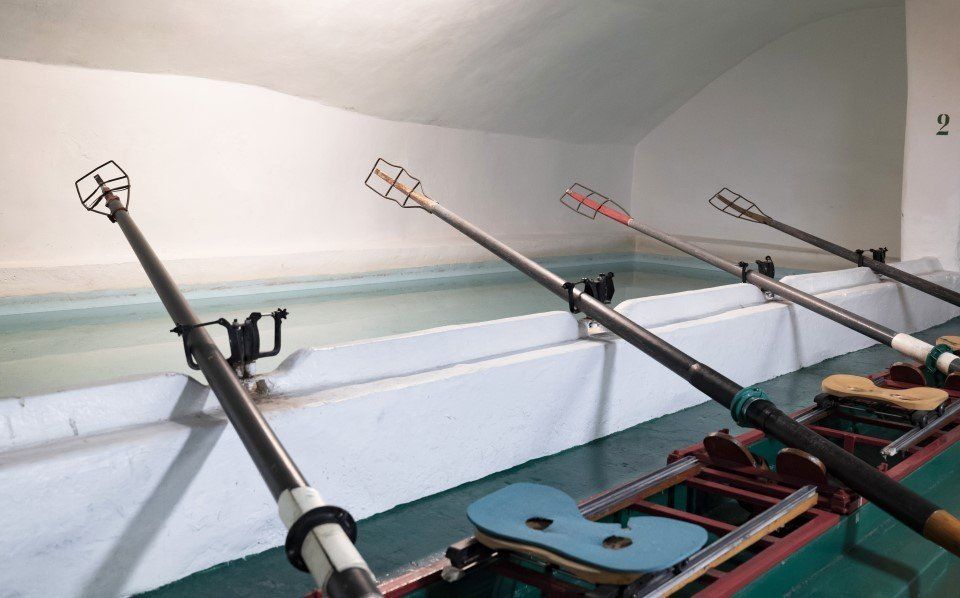ROWING: A DISCIPLINE FOR mind & body
Rowing is an individual or group water sport that is practiced on a specific boat.
It has a long tradition behind it that still makes it a respectable discipline.
The origins are lost in the mists of time: the first evidence was found in the tombs of the Pharaohs, where some paintings reproduced ancient rowing scenes. In more recent times, in 1715, the first race on the Thames was organized, in honour of the coronation of King George I. This event is still celebrated today.
Initially, the boats used were very heavy and had a fixed seat. Only in 1857 was the fixed seat replaced with a sliding model in which even legs are used in the rowing tehcnique. This greatly facilitated movement and speed itself.
The first World Championship was organized in 1893 and up until 1954 it was only for men. Then with the advent of modern Olympics, rowing fully entered sport.
The rowing cycle
Technically, the rowing cycle is based on four strokes:
1. entry into the water: the legs are bent while the arms are well extended, with the body slightly stretched forward. The boat touches the point of greatest instability. The oars enter the water when the legs touch the maximum compression. This favours the initial thrust of the boat by exploiting the muscle contraction.
2. passed: at this point, the legs can be stretched out, while the rest of the body maintains the position. This is where the legs are pushed and the palate is accelerated. The bust is returned to the natural position (retro-positioning) and then the arms are closed.
3. final: lower the fists to let the blades out of the water, keeping the trunk backwards.
4. recovery: prepare again for the next palate to avoid a drop in speed.
All these movements, which we have only mentioned here, but which are actually much more complex, lead the rower to move intermittently forward and backward. Every single passage must however take place in a fluid and delicate way, avoiding abrupt shots and discontinuity.
This is done by considering the whole cycle as a combination of positive and negative forces.
Positive forces are produced when the oar enters the water and therefore correspond to the phase of speed and movement.
Negative forces, on the other hand, arise during the recovery phase and can therefore slow down the boat.
To ensure that the entire rowing cycle runs smoothly, it is therefore advisable to counteract negative forces.
This is achieved with a homogeneous recovery phase and a rapid entry of the blade into the water, ready for the next cycle.
The benefits of rowing
Rowing brings many benefits to the body and mind: it trains all the muscle groups, improves stamina and frees you from anxiety. It is in fact considered one of the most complete sports, because it mobilizes all the muscles. It is enough to observe the rowers in action: shoulders, legs, back, abdomen, lumbar muscles are urged to push, balance and govern the boat: 90% of the muscles work. Furthermore, specific movements promote muscular flexibility, agility and coordination.
This sport is especially good for children, although it is an activity accessible to all, because it is a gradual and sweet discipline. The movements are practiced without bumps and therefore without risk of articular trauma and the learning is progressive, the intensity is regulated and adapted to one's abilities.
Counteract the accumulation of weight helping to dispose of excess calories (consider that every hour you do
burn up to 800 calories in an hour of sustained rowing). As a result, it makes the body more toned, firm and refined.
It also keeps diabetes and cholesterol at bay. It also helps improve breathing, lowers blood pressure and promotes good tissue oxygenation. Being an outdoor sport in contact with water, we must not neglect the benefits in terms of mood.
Many practitioners also appreciate the calming effect of contact with water, a psychological benefit because it improves stress and anxiety.
